Flower fertilizers: types, types, application features
How do you know if the flowers need to be fertilized?
Experts identify a number of important signals that plants are able to display, indicating a lack of fertilizer:
- Weak and emaciated stem
- Slow growth process
- Lack of flowering
- Leaves are unsaturated, practically uncolored, small and undeveloped
- The appearance of a yellow color on any part of the plant, loss of foliage.
Fertilizers for flowers: studying the species
The easiest way is to buy flower fertilizers in a specialized gardening store, but do not forget that not everything is of high quality, and not everything can immediately solve the problem. Before heading to the store, study the issue thoroughly, learn to understand the types and types of feed, and only then go to "save the world", your green world.
Fertilizers for indoor plants are classified into several types:
- Mineral - these are fertilizers that have a ready-made composition. Mineral fertilizers for flowers are divided into three main groups, the name of which is formulated depending on which main nutrient is included in its composition.
- Phosphoric
- Potash
- Nitrate
Mineral fertilizers have minor disadvantages:
- lack of a full range of nutrient compounds;
- have a negative impact on soil salinity and acidity.
- Organic feed Are waste products of living organisms (for example, animals or plants). An example is peat or bird droppings, manure, compost.
The advantages of organic fertilizers are wide, but there is one significant drawback - an unpleasant aroma emanating from feeding animal and plant life. Therefore, many limit themselves from using organic fertilizers at home. But, as practice shows, if the situation is hopeless, everything is used, even the unpleasant smelling manure.
- Bacterial - the most acceptable type of fertilizers, moreover, environmentally friendly. It is very effective when used in huge areas, but in a home environment it is problematic.
- Combined
Fertilizers for flowers: all about irreplaceable feed
According to the state of aggregation, fertilizers are divided into:
Solid
Benefits:
- Very convenient to use. Mix fertilizers with water, mix the resulting solution and water the flowers. What could be easier?
- The plant absorbs all the necessary nutrients very quickly and also quickly assimilates them.
Disadvantages:
- Short-term exposure
Liquid
Benefits:
- Long interval between dressings
- More economical
Disadvantages:
- It takes more time to absorb
Even a non-specialist will say that the strength of the fertilizer is in the active substance or even in the complex of active substances. How to choose the optimal feeding so as not to harm? It is best to make fertilizer at home and with your own hands.
Home first aid kit for flowers: we prepare fertilizers ourselves
- Fertilizer that is always at hand - sugar... Glucose obtained from the breakdown of sugar is a unique source of nutrients that acts as a building material.
Glucose is zero if there is no carbon dioxide nearby. The absence of carbon dioxide contributes to the development of root rot. Therefore, when using sugar, combine it with an EM formulation.
Instructions:
- Take 1 tablespoon of sugar.
- Pour half a liter of water into a container.
- Add sugar and water, stir until sugar dissolves and a homogeneous solution is formed.
- Use the resulting sugar solution as a fertilizer once a month.
- Onion peel - "klondike" of important trace elements.
Instructions:
- Take 50 grams of onion skins.
- Fill the husk with 2 liters of water.
- Boil for 8-10 minutes.
- Let the solution sit for 2-3 hours.
Disadvantage: it is not recommended to store the prepared dressing for a long time. You will have to prepare the solution every time before feeding.
- Yeast - the connection is direct: the dough grows, the plant grows. For domestic plants - the best feeding, besides, it is very easy to prepare and inexpensive. The result will not keep you waiting long.
Instructions:
- Prepare a liter of water at room temperature, you can warm it up a little.
- Dissolve 10 grams of yeast, 1 teaspoon of sugar in water.
- Let the solution sit for 2 hours.
- Add another 5 liters of water to the resulting solution. ...
The feeding is ready. Take action.
Council. If you have dry yeast at hand, then the amount of ingredients used to prepare the fertilizer should be as follows: 10 liters of water, 3 tablespoons of sugar and 10 grams of yeast.
- Ash - perfect feeding, the richest in the content of micro- and macroelements, which are so necessary for the growth and development of home flowers.
Instructions: mix the ash into the soil before planting the plant. The soil is saturated with nutrients, preventing the plant from rotting.
Prepare a liquid fertilizer by mixing 1 spoon of ash with a liter of water. The result is identical.
Basic rules for fertilizing flowers
- Before using this or that fertilizer, you should definitely consult with specialists. Check if the fertilizing you have chosen is suitable for the flower or not. Are they compatible?
- "Better not to finish than to replay." The main thing is not to overdo it. An excess of nutrients is an almost irreparable process. In the best case, the plant will be covered with spots, in the worst case, it will wither. Stick to this rule, and remember the proportions and frequency.
- "Everything should be in moderation." Especially when it comes to the process of feeding home plants. Not having enough nutrients can only exacerbate developmental changes.
Remember, oversaturation with one micro- or macroelements, you will not compensate for the lack of another. Chemical processes, unless, of course, you are not an expert, it is impossible to calculate, therefore experiments should be said: "No!"
The wide variety of home flower fertilizers increases the likelihood that your flower will be cured. Powders and granules, fertilizers in the form of sticks are offered today by shops for gardeners.
Choose top dressing wisely, and remember that caution should be in everything: in determining the type and type of fertilizer, in calculating its amount, in the frequency of feeding.
Feed the plant with mineral fertilizers at home and let every flower, every leaf of your green friend be healthy.
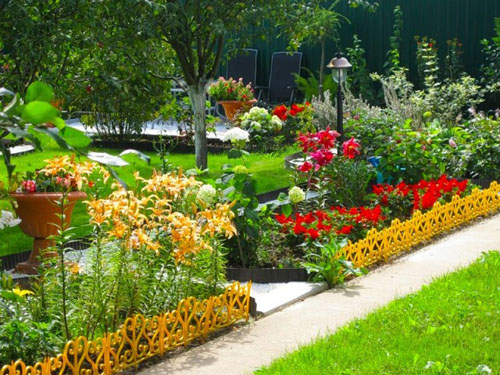

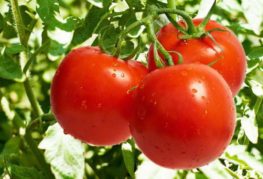
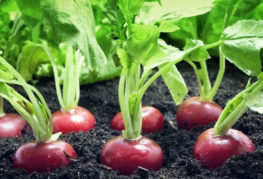

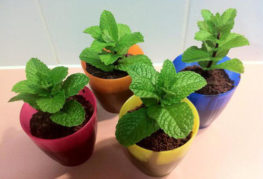
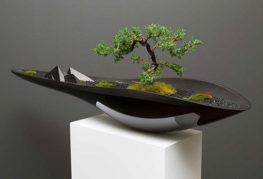
and will be published shortly.